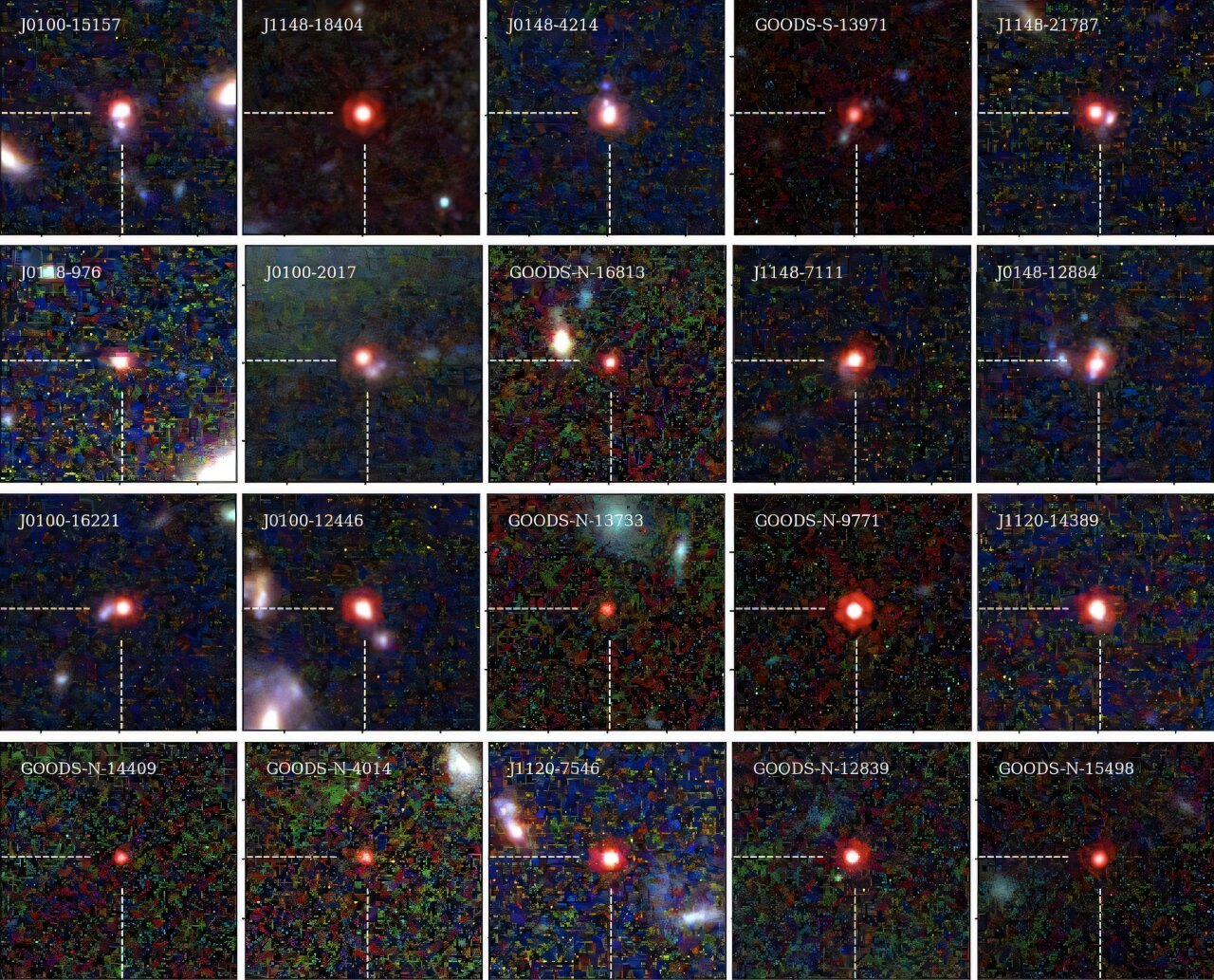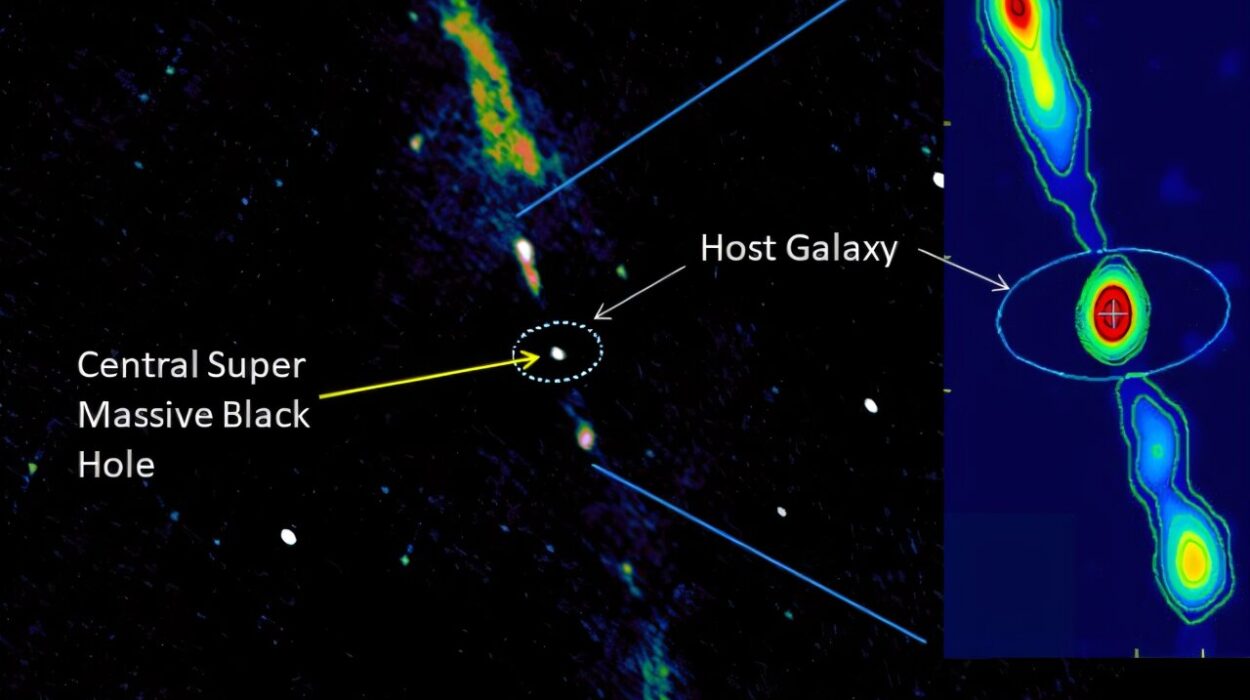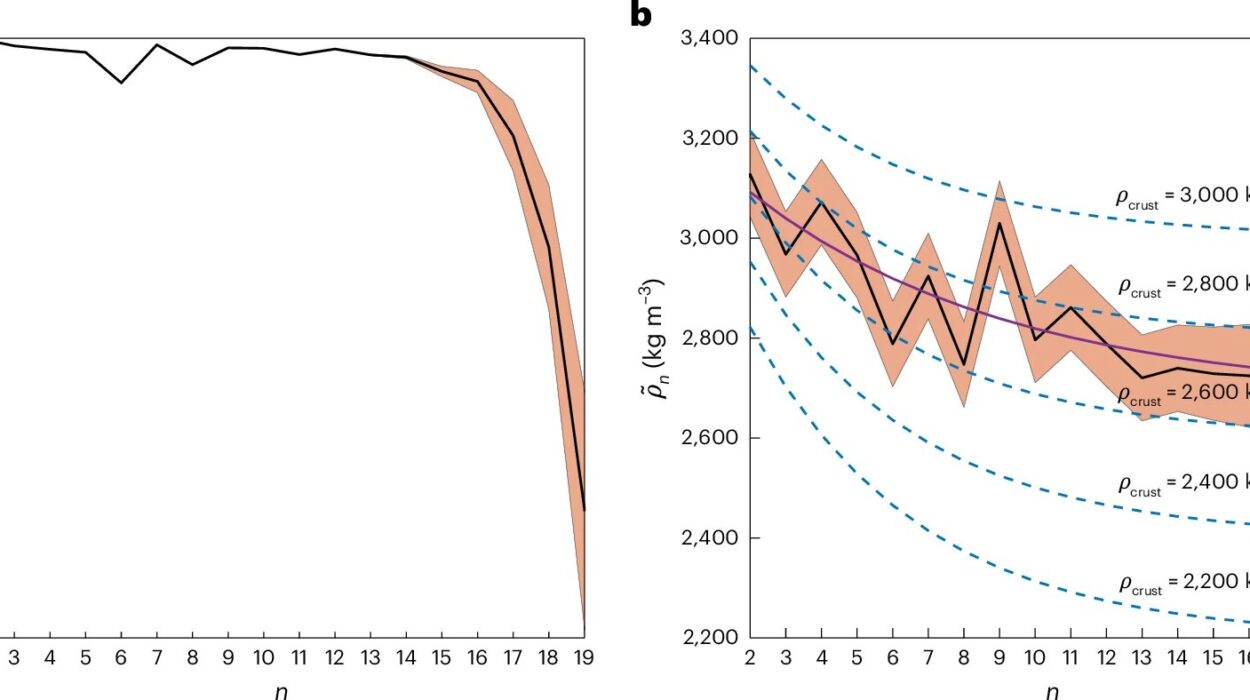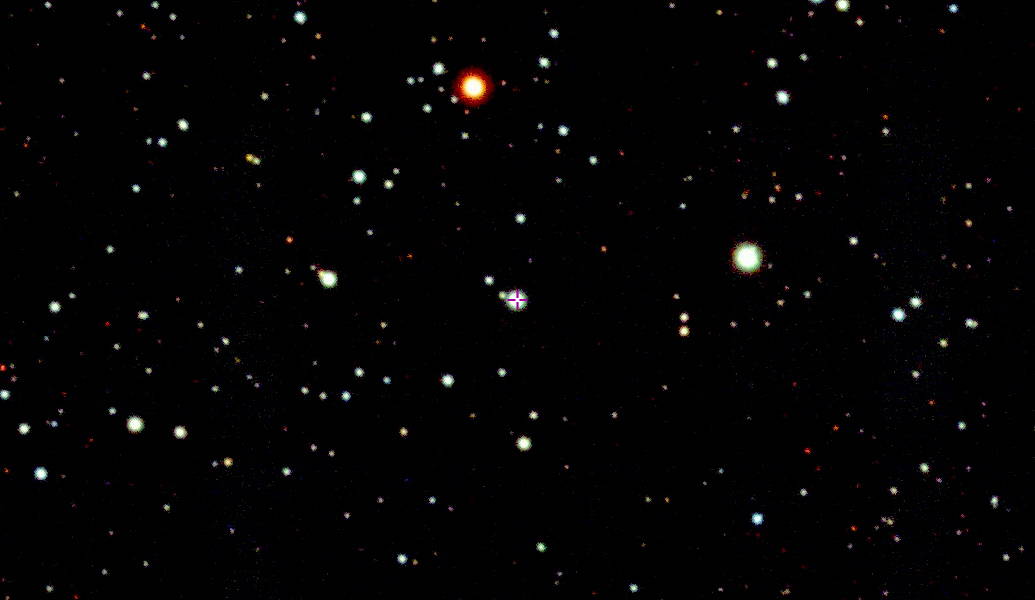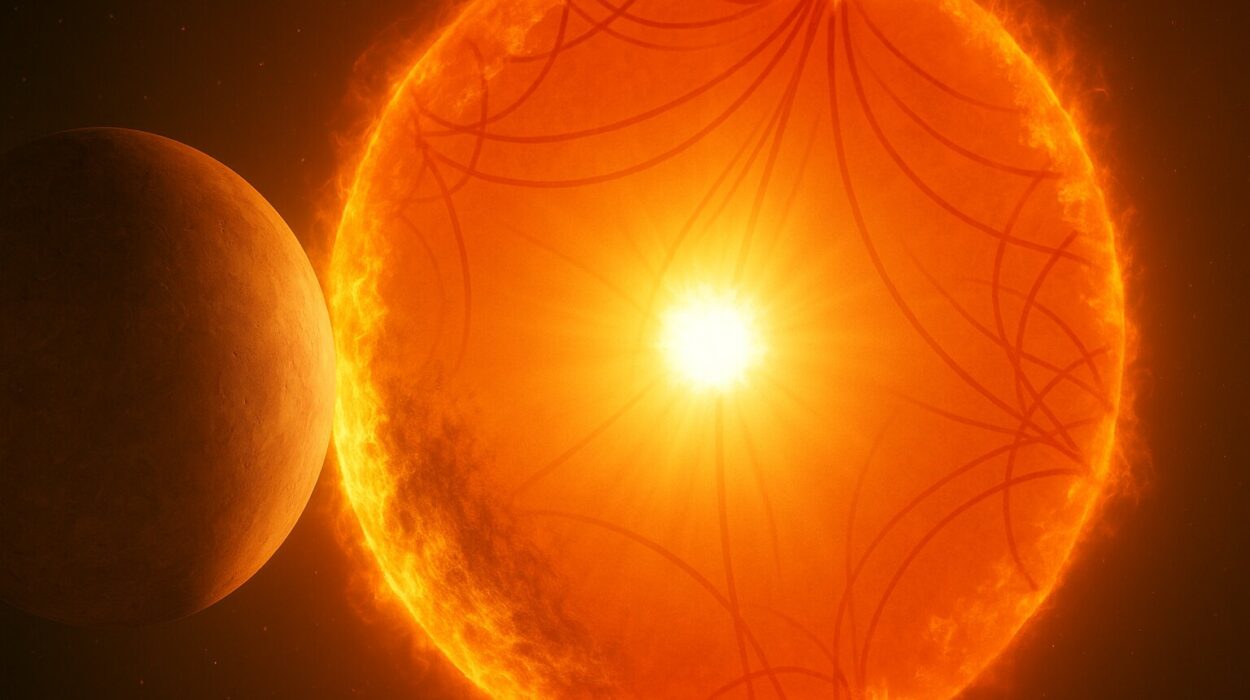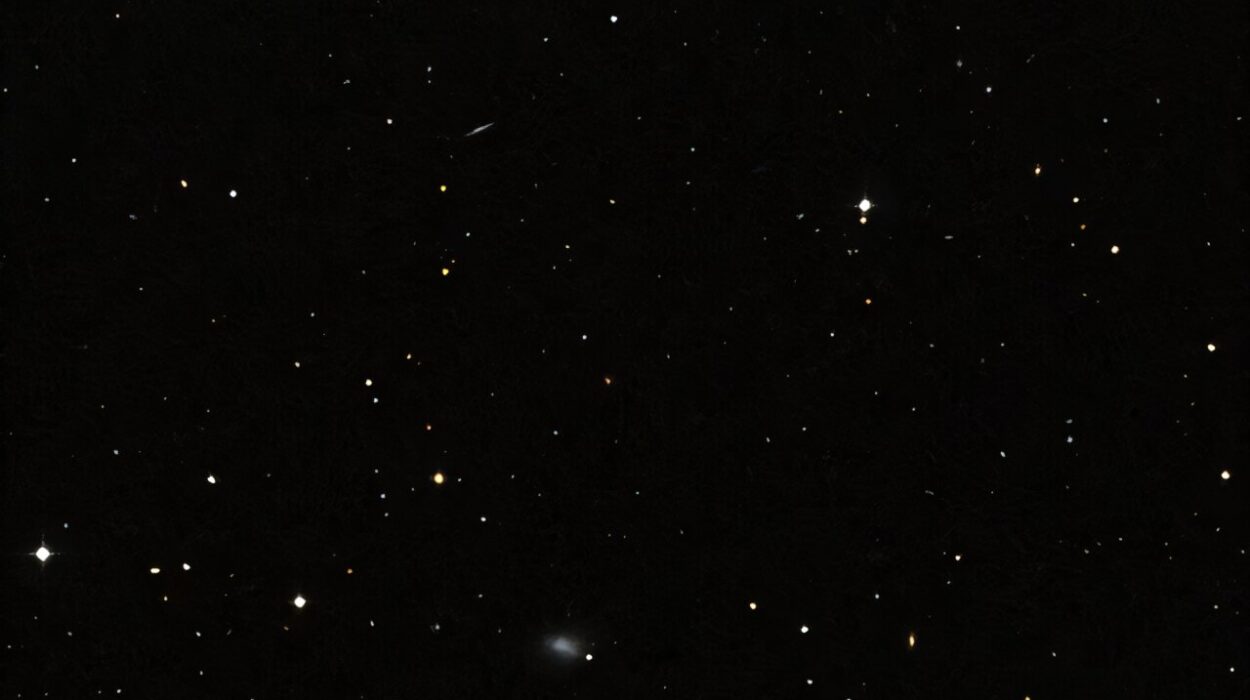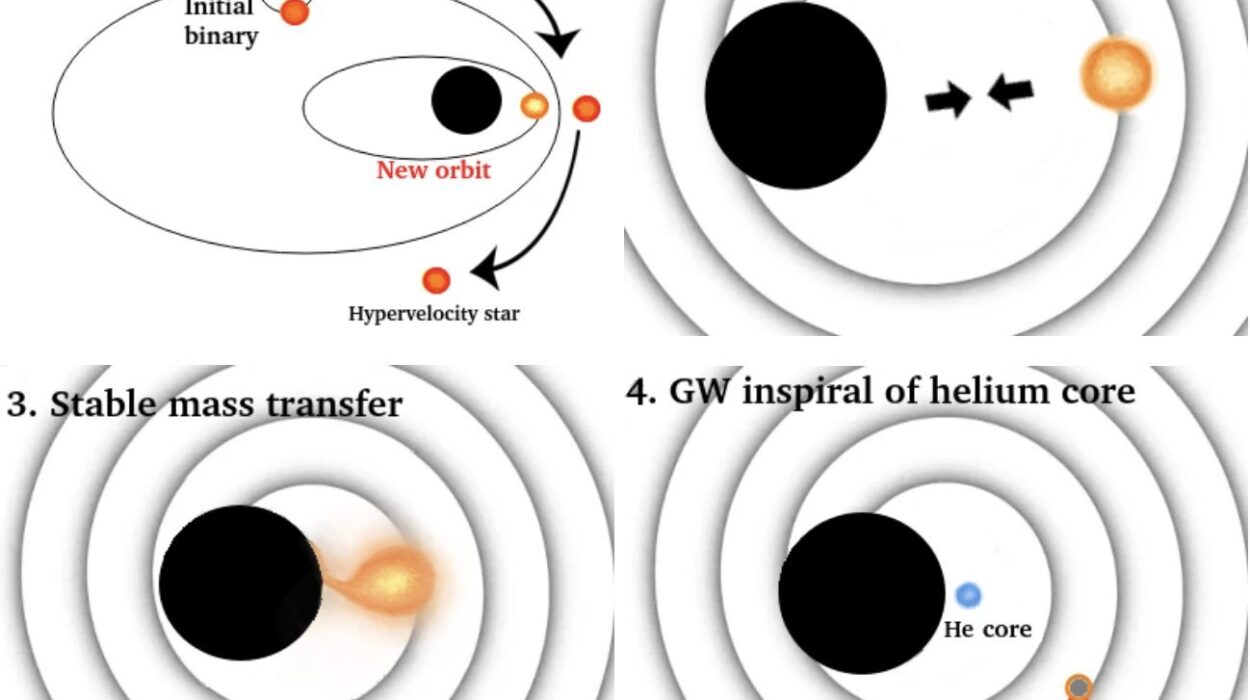In the depths of space, the James Webb Space Telescope (JWST) opens its golden eye, not merely to look at stars and galaxies, but to peer into time itself. More than a machine, it is a time-traveling observatory designed to answer our most profound questions: How did the universe begin? How did galaxies form? What happened after the lights turned on in the cosmic dark ages?
Among its four core scientific missions, one stands out for its sheer ambition—The Assembly of Galaxies. In essence, this means watching the universe build itself. Galaxies, those swirling collections of stars, gas, dust, and dark matter, are the structural bones of the cosmos. But in JWST’s earliest images, astronomers found something utterly perplexing: galaxies that shouldn’t be there, or at least, not in the form we expected.
Enter the Little Red Dots—tiny crimson galaxies lurking at the far edge of the observable universe, only 600 million years after the Big Bang. Small in size, yes—but bursting with brightness and, strangely, perhaps with secrets even black holes can’t conceal.
Galactic Infants That Look Grown-Up
When the JWST began to search for the universe’s first galaxies, the assumption was that it would find primitive structures—clumps of hydrogen gas just beginning to ignite into the first stars. Instead, astronomers were stunned to find hundreds of galaxies already well-formed and luminous. They weren’t just barely glowing blobs of hydrogen—they were shining, filled with stars, and in many cases, bigger and brighter than galaxies that should have had billions of years to grow.
The most intriguing among them were a peculiar population now known as Little Red Dot (LRD) galaxies. Their name, as unassuming as it is, belies a cosmic conundrum. These galaxies appear red due to the cosmological redshift—light stretched by the expansion of space—but more importantly, they are unexpectedly luminous. Their compact size, coupled with this high luminosity, presents an astrophysical riddle: How did galaxies grow so massive, so quickly, in a universe that had barely begun?
Galactic evolution models based on cold dark matter cosmology suggested that such objects shouldn’t exist. The universe simply didn’t have enough time, under the rules we thought it followed, to manufacture galaxies this massive so soon after the Big Bang. It would be like discovering a toddler lifting a boulder—we know the strength just shouldn’t be there.
The AGN Hypothesis: A Neat but Risky Explanation
To account for this unexpected brightness, astronomers proposed a compelling hypothesis. Perhaps the galaxies weren’t actually that massive after all. Maybe the light wasn’t coming just from stars. What if, instead, the source of the excess luminosity was an active galactic nucleus (AGN)—the glowing, energetic heart of a galaxy powered by a supermassive black hole (SMBH)?
An AGN can shine brighter than an entire galaxy of stars. As matter spirals into the gravitational grip of a black hole, it heats up into an incandescent disk, releasing torrents of radiation across the electromagnetic spectrum. In many cases, this includes intense emissions of X-rays, one of the hallmark signatures of a feeding black hole.
If AGN were powering LRDs, their puzzling brightness could be explained. We would no longer need to believe that galaxies had somehow formed tens or hundreds of billions of stars in just a few hundred million years. The problem would resolve itself elegantly.
But as is often the case in science, a beautiful theory doesn’t always match the evidence.
Where Are the X-Rays?
If there are AGN at the hearts of these galaxies, we should see X-rays. In the swirling chaos of the black hole’s accretion disk, gas reaches temperatures of millions of degrees, emitting high-energy photons that blaze across space. These X-rays are a standard tool for identifying AGN, particularly at high redshifts.
To test this, a new study led by Andrea Sacchi and Ákos Bogdán from the Harvard-Smithsonian Center for Astrophysics stacked 400 megaseconds worth of data from NASA’s Chandra X-ray Observatory, focusing on 55 Little Red Dots located in the Chandra Deep Field South, one of the most thoroughly studied patches of sky.
The result? Silence.
Despite the deep integration of data, no significant X-ray signal emerged. Even when stacking—the process of layering data from multiple galaxies to amplify weak signals—there were no detectable X-rays. The observations reached an unprecedented depth and sensitivity. If any AGN were present, even those faint and partially obscured, some X-ray emission should have emerged.
And yet, the LRDs remain dark in the X-ray.
Back to Square One? Not Quite
This absence of X-rays threatens to undo the neat AGN hypothesis. Without X-ray emissions, can these galaxies truly be powered by active black holes?
If not, then we’re back to the more uncomfortable position of accepting that these galaxies must be inherently massive and star-rich—far more so than standard cosmological models allow for that time in the universe’s infancy.
This raises new questions about the timeline of galaxy formation and the mechanics behind the birth of the first stars. Were we fundamentally wrong about how quickly galaxies could form and assemble? Is our standard ΛCDM model missing something?
Super-Eddington Accretion: A Potential Loophole
In an effort to save the AGN explanation, some researchers suggested a more exotic scenario: what if the black holes in these galaxies are growing by super-Eddington accretion?
The Eddington limit defines the balance point between the outward push of radiation and the inward pull of gravity. For a black hole, it sets a cap on how fast it can consume matter. Feed it too quickly, and the outward radiation pressure pushes away infalling gas, halting further growth.
But there’s a twist. Under certain conditions, this limit can be exceeded—at least temporarily. In super-Eddington accretion, matter can fall into a black hole faster than the limit should allow. This process, theorized for decades, is chaotic, turbulent, and inefficient. It can trap photons within the dense infall of gas, preventing them from escaping as X-rays. Some are absorbed, others are scattered, and many are transformed into lower-energy emissions like infrared or optical light.
In this model, LRDs could still host rapidly feeding SMBHs, but the usual X-ray emissions might be suppressed. It would reconcile the brightness of the galaxies with their X-ray silence—at least in theory.
Testing the Super-Eddington Hypothesis
That’s what Sacchi and Bogdán set out to investigate. Their stacked observations of 55 LRDs were designed to dig deep into the X-ray background. If super-Eddington accretion was at work, it wouldn’t eliminate all X-rays—it would still produce softer, lower-energy X-rays that should be detectable at such depths.
But the stack came up empty.
“Despite reaching unprecedented X-ray depths,” they wrote, “our stack still yields a non-detection.” Their conclusion? Current models of super-Eddington accretion are incompatible with the data. Either the theory is wrong, or it simply doesn’t apply here. The missing X-rays are not hiding behind cosmic dust or trapped in exotic flows. They simply aren’t there.
With this, one of the last plausible explanations for LRDs’ brightness that didn’t break standard cosmology also begins to fade.
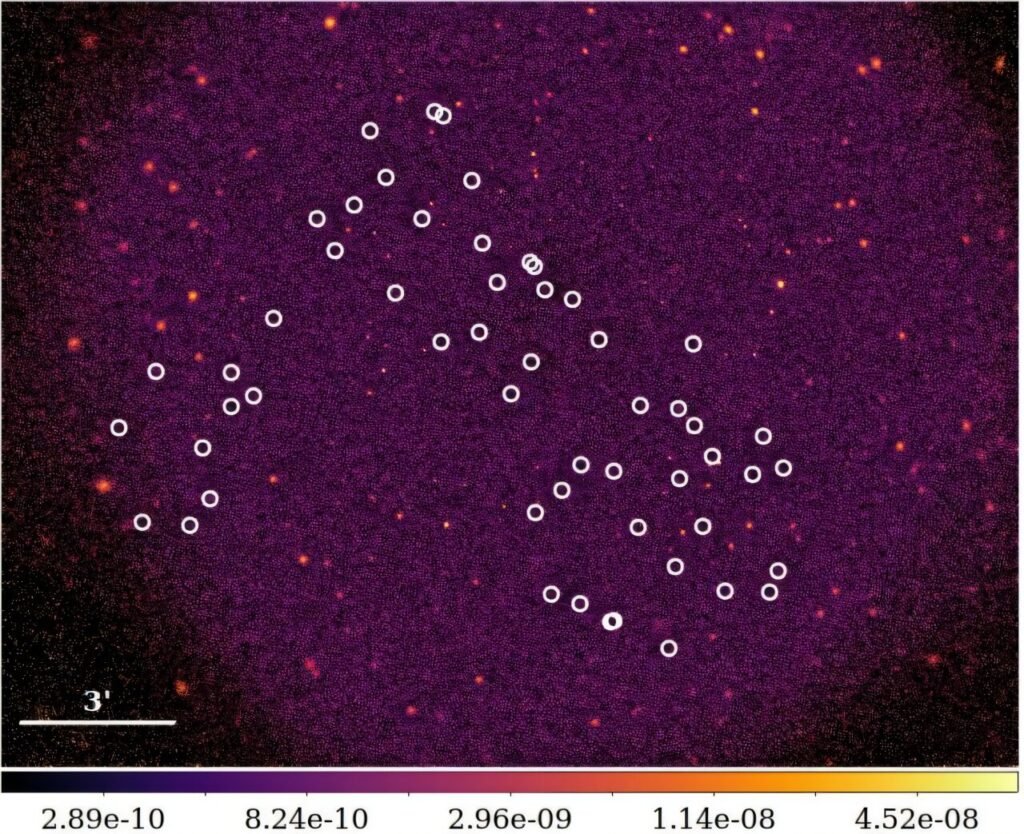
Rethinking the Darkness
What’s left, then?
The authors, along with others in the astrophysical community, suggest we may have simply overestimated how bright these galaxies really are. JWST’s measurements of LRD luminosity are bolometric—they account for all the energy emitted across the spectrum. But bolometric luminosity can be skewed if key assumptions are off, such as redshift estimation, dust extinction, or the contribution of stellar populations versus AGN.
If we overestimated how much energy these galaxies are producing by even a factor of ten, it could drastically change the picture. A lower intrinsic luminosity would mean that less mass is required to produce the observed light. It would bring the galaxies back in line with our expectations for early galactic evolution—no need for exotic physics, no prematurely gigantic black holes.
So maybe the Little Red Dots aren’t cheating the laws of physics. Maybe they’re just not as bright as we thought. Or maybe they are—but for reasons we haven’t yet imagined.
A Mirror for Cosmology
This isn’t the first time cosmology has faced such a puzzle. From the unexpected acceleration of the universe’s expansion—leading to the discovery of dark energy—to the cosmic microwave background revealing fine-grained fluctuations that seeded the structure of everything, each new observational leap tends to generate as many questions as answers.
JWST was always expected to challenge our models. What makes the LRD mystery so fascinating is how it corners us with competing theories, each of which tests a core tenet of modern astrophysics. If the galaxies are too massive too soon, we must revisit how matter clumped together in the young universe. If they’re powered by black holes that don’t emit X-rays, we must rewrite what we know about AGN physics. If we’ve misread their light, we need better tools to interpret the earliest cosmic signals.
Every path forward requires adjustment, recalibration—and perhaps, revolution.
Where Science Goes From Here
The LRD mystery is far from solved, but the scientific community is already mobilizing. More JWST time is being devoted to these strange objects. Future instruments, like the ESA’s Athena X-ray Observatory or NASA’s proposed Lynx mission, may provide more sensitive data on high-redshift AGN. Spectroscopic follow-ups could better determine redshifts and chemical compositions.
The key may also lie in multi-wavelength synergy: combining JWST’s infrared eyes, Chandra’s X-ray vision, and future radio or optical data to triangulate the truth about these galaxies. We are no longer satisfied with seeing the universe—we want to understand it.
The Beauty of the Unsolved
For all the frustration it may bring to theorists, the LRD enigma is a gift to science. It shows us that even with the most powerful tools ever built, the universe keeps its secrets close. And that’s good.
Surprise is the engine of discovery. Mystery is the mother of insight. The Little Red Dots are, in the end, little red invitations—to think deeper, look harder, and question the assumptions we once believed were firm.
As the JWST continues its journey through space and time, it is likely that this is only the first of many cosmic surprises. The early universe has begun to speak to us in a new language, and we are just beginning to learn how to listen.
Reference: Andrea Sacchi et al, Chandra Rules Out Super-Eddington Accretion For Little Red Dots, arXiv (2025). DOI: 10.48550/arxiv.2505.09669
